As usual, I am putting the cart before the horse with my new album, Sleep (which may end up with the title Sleepy Sleep, if I can get over the fact that unless you get the Beach Boys reference and understand the history of this project, it sounds kind of stupid).
This past weekend, my 9-year-old son Fletcher drew a phantasmagorical picture that I knew on sight was the perfect cover illustration for an album whose music probes sleep, dreams and the subconscious. I scanned the image, colorized and further manipulated it in Photoshop (while, I believe, staying true to the spirit and design of the original), and added some type set in the Dickens McQueen font designed by Kyle Fletcher and distributed (for free!) by Chank Fonts. (Full disclosure: I built the current version of the Chank website, with design by Robert Pflaum.)
I think this cover art is looking great, and it is going to inspire me to keep working and finish the album!

 Perhaps it would have been better to make a sausage analogy for these links, rather than a coffee-and-sausage one. But since one of the links is to a post written by Marco Arment, coffee seems appropriate. (Then again, a Google search reveals that I am far from the first person to use the phrase “morning cup o’ links” so maybe I should spend less time worrying about it being a non sequitir and instead worry that I am horribly unoriginal.)
Perhaps it would have been better to make a sausage analogy for these links, rather than a coffee-and-sausage one. But since one of the links is to a post written by Marco Arment, coffee seems appropriate. (Then again, a Google search reveals that I am far from the first person to use the phrase “morning cup o’ links” so maybe I should spend less time worrying about it being a non sequitir and instead worry that I am horribly unoriginal.)

